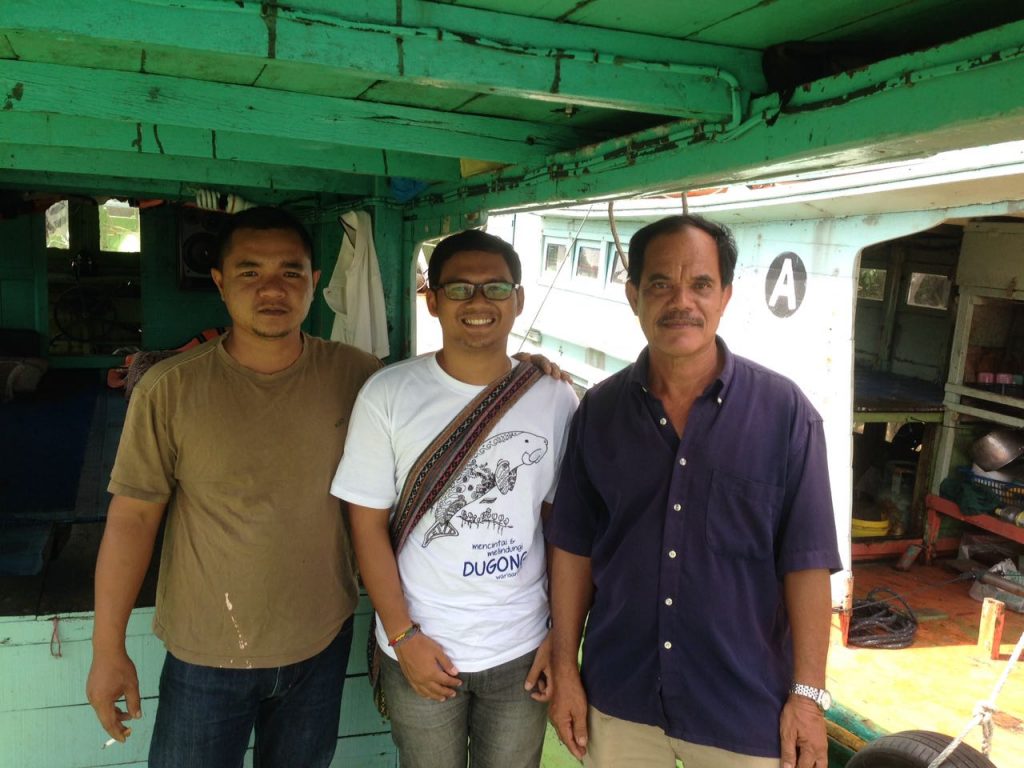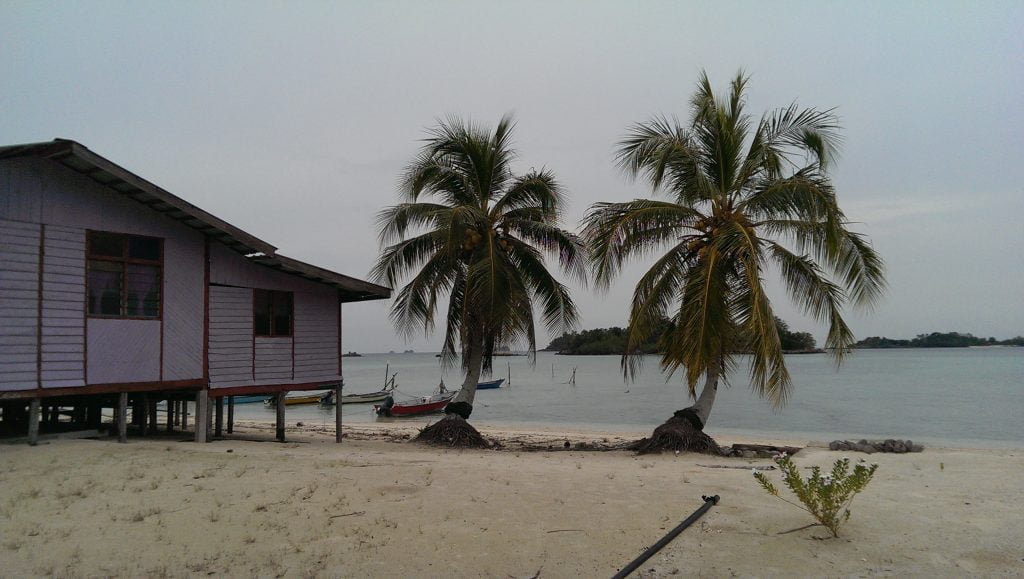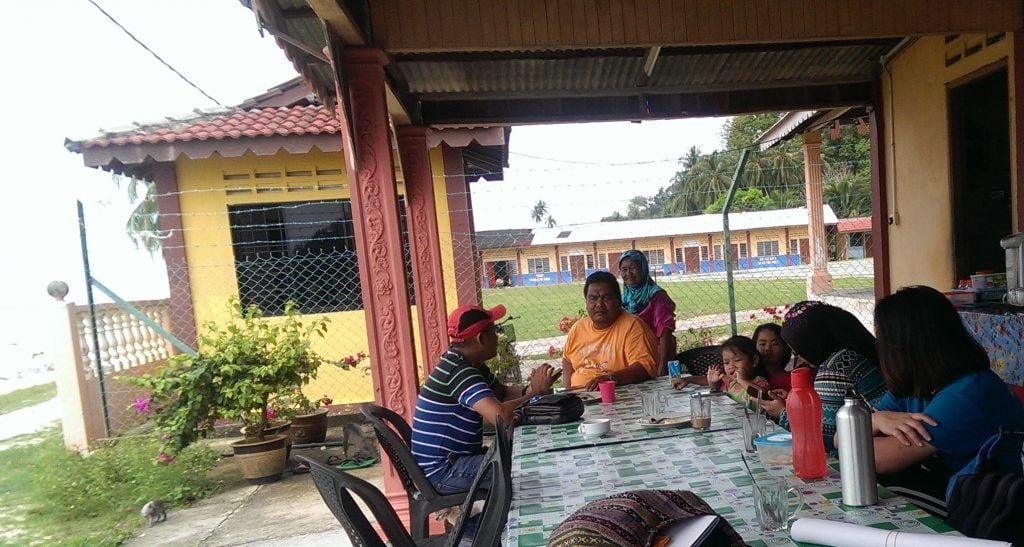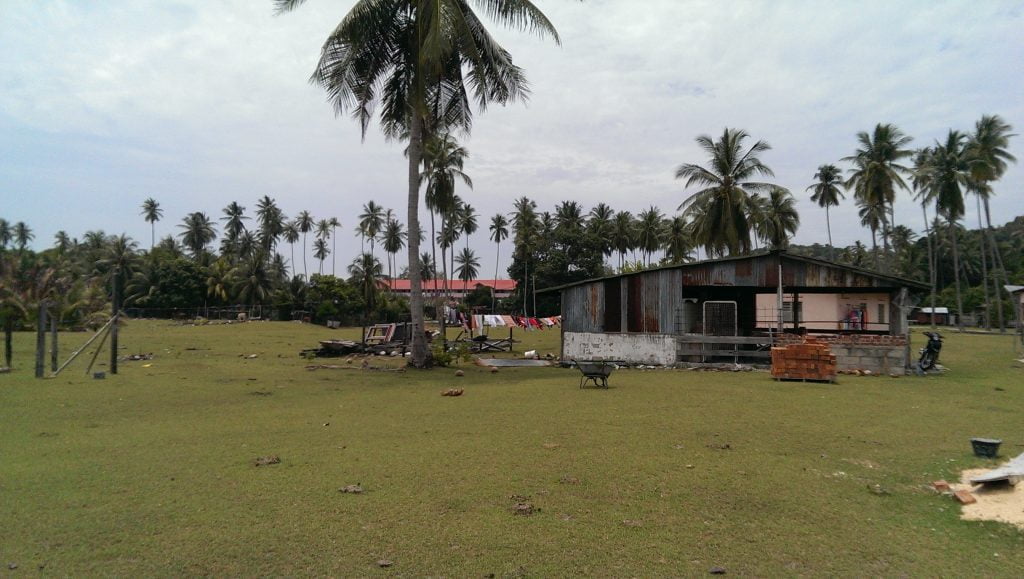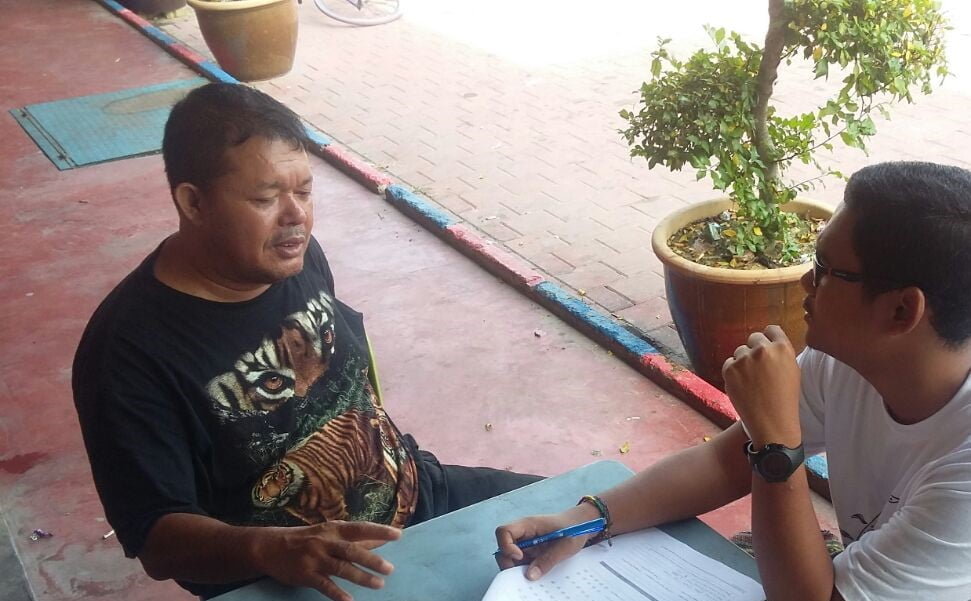Field updates: Johor Malaysia – Observations of community from a dugong conservationist
December 22, 2016
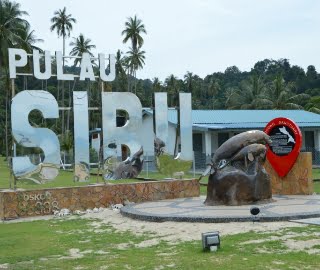
In September this year, I took a job as community liaison officer with a non-profit organization working in coral reef conservation and management, Reef Check Malaysia (RCM). RCM and the Department of Marine Parks Malaysia (DMPM) had formed a partnership to implement component 1 of the Dugong and Seagrass Conservation Project, to operationalize the Malaysian National Plan of Action for dugongs in Sibu and Tinggi Islands, Johor, Malaysia. My role would be to develop relationships with the local community, undertake a stock-taking of existing resources and assist with implementation of the project plan.
After several days of meetings and discussions about my role and responsibilities with my managers – Julian and Edmund, I was all set to leave KL and head to the island on a journey which I could hardly believe was beginning.
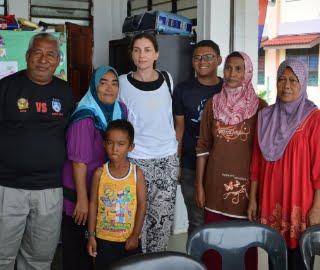
I left my old job, familiar surroundings and people, and traded it all in for two years living and working with small island communities off the Johor coast. Prior to this, I have had short-term experiences working with other communities, but this time I knew it is going to be different.
Also, the fact that I would be working remotely, and would be the only person working on the ground often stopped me dead in my tracks (although Julian constantly reminded me I am not being exiled!). I was having mixed emotions; excited, anxious, and self-doubt. What was I thinking?
After three months in, today, here I am – becoming a familiar face in the village and interacting with its warm-hearted people on a day to day basis. Walking around in the village, talking to the people has been my daily routine. Simply passing by is a no-no; there are always things to talk about, be it about the project or villagers’ gossip.
To be honest, I was genuinely surprised by how the community reacted to my presence on the island. Of course, when I first stepped ashore everyone looked at me as if I were an alien. I noticed that everywhere I went, there were always eyes following me around. Then after a few weeks, the looks and the eyes were gone, replaced by smiles and chatty mouths. Therefore, being part of this community is something I do not take for granted.
Although the waters around the islands are gazetted as a Marine Park, the local islanders still live a simple life. Many are dependent on the sea as their food resource and for some it is their main source of income. Disagreements over resources and access rights are common issues in many communities living in protected areas. Thus, having surrounded myself with these lovely people, I began to understand them – their daily norms, habits, needs, struggles, worries and, even things that tick them off or make them happy. Now, I realised more than ever how important it is to use this knowledge, work with these communities and support their involvement in this project.
The past three months have been a wonderful experience. Beautiful beaches, a simple house to live in, cats around the house and the good people, it’s easy to feel like home. I thank everyone involved in this project for making this happen and look forward to the next few months where I will be working more closely with the communities to build technical capacity in sustainably managing their island resources.
